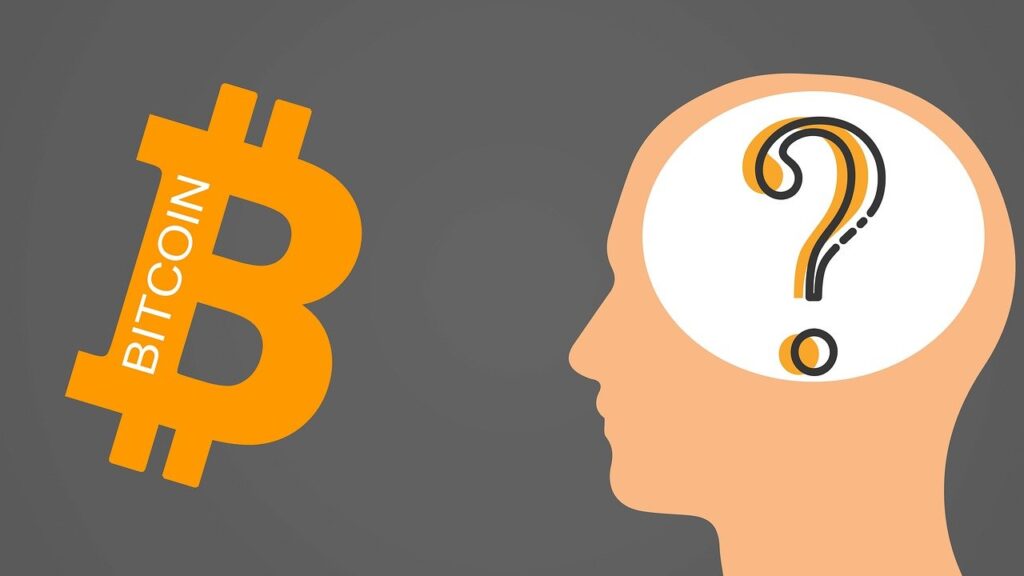
After seeing an increase in the price of your bitcoin, you probably can’t wait to tell your family. But introducing this topic might be another story. After all, as an enthusiast, you’re probably used to statements such as “but bitcoin isn’t real money” or “how does bitcoin work”. To equip you in answering these questions at your next family dinner, we have put together a cryptocurrency guide for your parents.
What is Crypto?
It may be tempting to answer the question of “what is bitcoin?” with “a cryptocurrency.” But that may be followed by the question, “what is crypto?”. To which you might then reply, “the long answer or the short answer?”
A cryptocurrency is a digital or virtual currency that uses cryptography technology to validate that each coin is authentic. Without it, a digital asset could be duplicated or copied while the original asset continues to exist in Person A’s wallet. Most cryptocurrencies are based on a decentralized platform known as blockchain technology. Since there is no central authority issuing the technology, there runs less of a risk of manipulation. To offer security, consider that in traditional finance, a bank ledger is managed and maintained by a bank, a central authority. In comparison, the bitcoin ledger is transparent and available for anyone to view. Although these transactions are public, private information is disguised. Each bitcoin owner is anonymous and secured through encryption keys.
These intricate inner workings allow bitcoin to be used to buy goods and services like a fiat currency and to be traded like a stock. Also, similar to a stock, the price of bitcoin changes based on the supply and demand in the market.
This might just provide a little more detail than answering with “crypto is a virtual currency based on the blockchain.”
Where are my Bitcoins stored?
The concept of a virtual currency may still be confusing. After all, with fiat currency, we can hold a physical copy of our money at any time by using an ATM or going to the bank and presenting a teller with our bank card. In comparison, bitcoin can be compared to the money that is held in our bank or the spending we do on a credit card. Although the card has no intrinsic value, we can go to the store and buy goods or services since the card is a store of value. Sometimes we will make purchases with our credit card and send money to pay it off from our bank account without ever seeing the money in our hands. Bitcoin allows money to be transferred from point A to point B without seeing it. The value is stored in a digital wallet that only you can access.
This concept may stump some, especially since the concept of a digital asset needing to be stored may cause some confusion. To understand this concept, consider that each bitcoin has its own ID (that never changes). Within your wallet, you might have many of these coins each with its own ID. To store these codes you will need a spot for safekeeping or a wallet. Unlike a normal wallet, these codes can be stored on your computer, on an exchange or even on a printed piece of paper.
How can I get Bitcoin?
Your parents know that fiat money is printed by the government, so another question that may come up is where does bitcoin come from? Or if you’ve won them over, “how can I get some bitcoin?”
Like the precious metal, gold, bitcoin comes in finite amounts. To extract it, the coin must be mined. The mining process for bitcoin involves computers with high computational power that are used to solve a puzzle. Bitcoin mining can be more closely compared to the activity of selecting a random number that solves a mathematical equation. Bitcoin miners compete with other miners to be the first to find the solution, so the more competitors, the more challenging this process is. If your computer generates the solution the fastest, you are awarded with bitcoins and the chance to write the next block on the blockchain.
As we mentioned previously, there is no central authority that is paid to manage the ledger. However, since you were successful in mining a bitcoin, you would also be tasked with updating the ledger.
Nobody works on the blockchain for free. Each miner gets paid in part by those who buy and sell cryptocurrency and the coins they have mined.
Bitcoin Question Person – Image by Parveender Lamba from Pixabay.